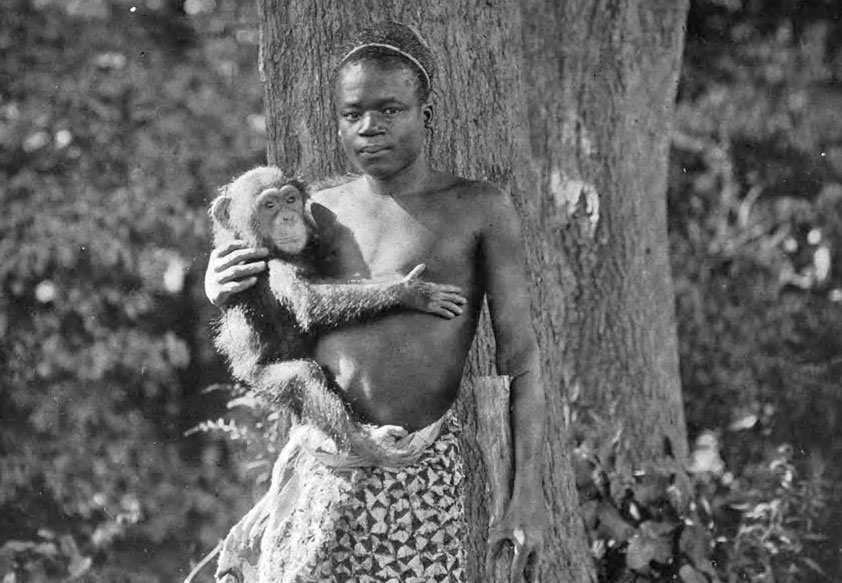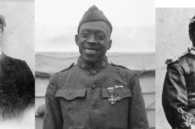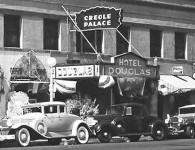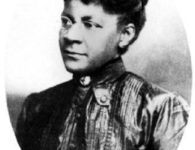Ota Benga was a man from the Mbuti people. He grew up near the Kasai River in what was then known as the Belgian Congo, run by King Leopold II as a personal preserve for his exclusive use and profit. Leopold’s forces routinely slaughtered Africans or enslaved them to extract natural resources, such as rubber, maiming them by cutting off their hands when they didn’t extract resources fast enough.
An explorer from the United States named Samuel Phillips Verner was traveling in the Congo to search for “pygmies” to be brought back to the United States for display at the 1904 World’s Fair in Saint Louis. He came across Benga, who had been captured by slavers, and purchased him for a pound of salt and some cloth. Benga convinced other people in the area to come to the United States to be displayed as well.
Upon arrival in the United States, Benga’s ritually filed teeth were a main attraction, along with his friendly personality. He also struck up a friendship with the captured Apache chief Geronimo, who was also on display in this human zoo as “The Human Tiger.” The military had to eventually be called because Benga and his peers’ display, playing to the crowd’s perception of them as “savages” and riling them up to near riot stage, which eventually “got out of hand.”
After the close of the exhibition, Benga returned with Verner and the rest of the people from his area. However, he decided that he would like to return to the United States, and ended up at the Bronx Zoo. This treatment and location aroused the righteous anger of the African-American community, who resented a Black man being exhibited alongside monkeys and apes.
Benga was released from the Zoo and sent to the custody of Reverend James Gordon in 1906. He lived at the McCray residence in Lynchburg, Virginia, and worked at a local tobacco factory, telling his story in exchange for food. He eventually became homesick, wanting to look upon his native land once more. Unfortunately, he couldn’t return to the Congo after World War I broke out, since passenger travel was suspended. In 1916, Benga committed suicide and was buried in an all black cemetery, heartbroken and used up after having lived his life being exhibited as a “barbarous savage.” He was 32 years old.
Sources:
Ota Benga (Virginia Encyclopedia)
100 years ago today, Ota Benga ended his horrible life after caged as ‘pygmy’ at Bronx Zoo
The Man Who Was Caged in a Zoo





















No comments